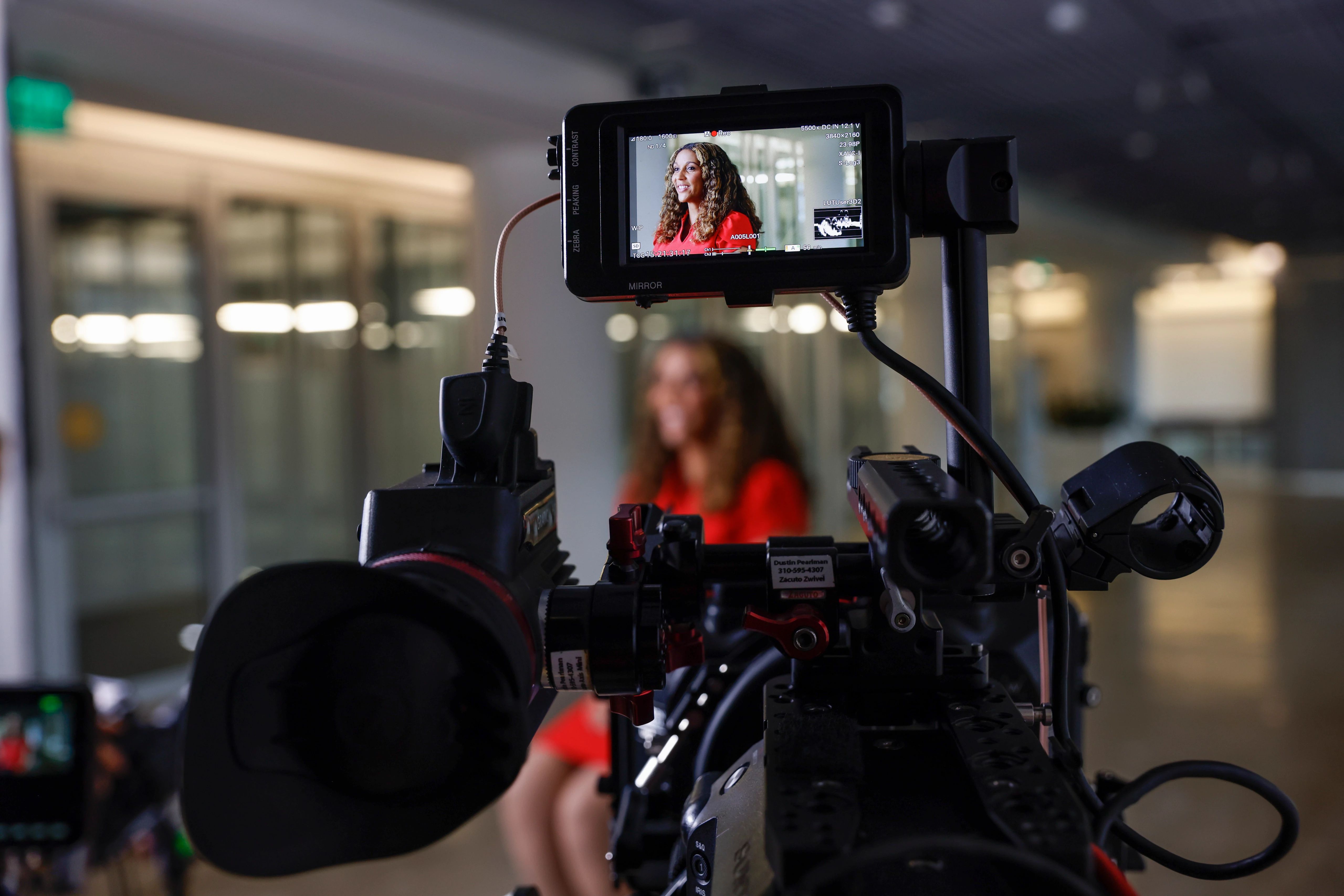Cloud-Based Workflows for Media & Entertainment

Film and TV used to be industries of hard media, and the digitization process has been gradual. Storing content as data brought many advantages, but it was often still shared on physical media, whether that was tape (DigiBeta, anyone?), SD cards, or hard drives that were handled (and backed up) with the greatest of care. In truth, it took years for the data pipelines to catch up with the possibilities of digitization.
Today, with the cloud, things have taken a major leap forward. Now, files can be shared across continents almost as easily as they can be delivered to the next cubicle. Collaboration between teams can take place, even if these teams never meet face-to-face. Distributed workflows that were pioneered by independent productions like Cynzia Angelini’s Mila have now been adopted by the biggest studios. Make no mistake: the future of media and entertainment lies in the cloud.
As Diana Colella shared at AU 2021, Autodesk is investing in this cloud-based future, helping to keep these workflows fluent, open, and secure. Also at AU 2021, we announced the acquisition of LoUPE, a cloud-based animation pipeline technology developed by Tangent Labs. More recently, we announced the acquisition of Moxion, a cloud-based platform for reviewing and managing digital dailies. Adding these offerings to our core media and entertainment products like Maya and Arnold, we are embracing the possibilities of the cloud in every part of the process, from preproduction through production and into post.
Ready to learn more about what’s ahead for film and TV and build your skills with cloud-based workflows? Check out this AU learning:
Open for (show) business
Once workflows go digital, there is an important decision to be made: will software be closed and proprietary, or open and accessible? Autodesk and other industry players are committed to an open future with platforms like Universal Scene Description (USD), Open Color IO, and Material X.
Pioneering remote production
The restrictions of the pandemic lockdown accelerated the move to the cloud for many studios, large and small. In order to understand the challenges and opportunities of that transition, Ken Larue of Autodesk remotely produced an animated 3D short using freelance artists around the globe. He shares what he learned.
Interactive exploration
The team from Datasmith shares how their nonlinear and interactive approaches are using Unreal Engine, Pixel Streaming, and other tools to transform production both for media on shows like The Mandalorian, and for AEC, as with the creation of a digital twin for Wellington City.
Virtual production
Hardie Tankersley of Silverdraft Supercomputing shows another possibility opened by digitized workflows: LED panel technology that enables producers to put performers into virtual environments in real time, replacing the limited possibilities of green screens from decades past.
Weta for the people
The award-winning team from Weta Digital shares their process for creating groundbreaking effects, and how they’re making their proprietary tools available to other creators in the cloud through WetaM, built on Maya.
Learn more about media and entertainment production in the cloud anytime at Autodesk University.




